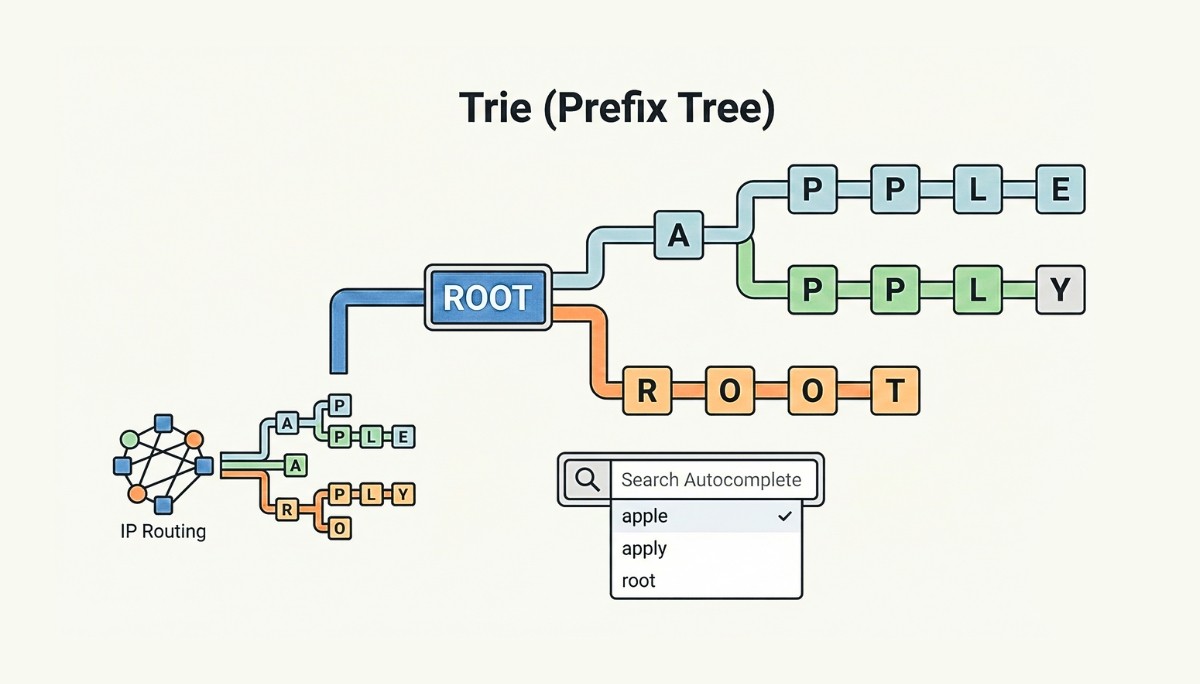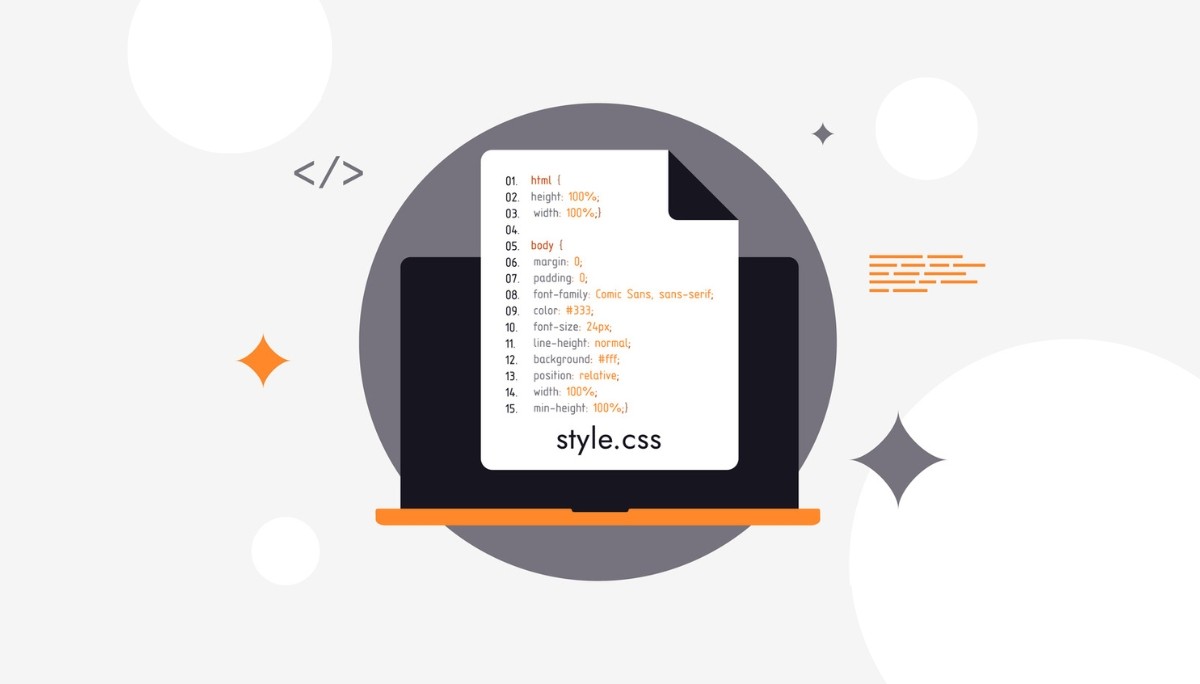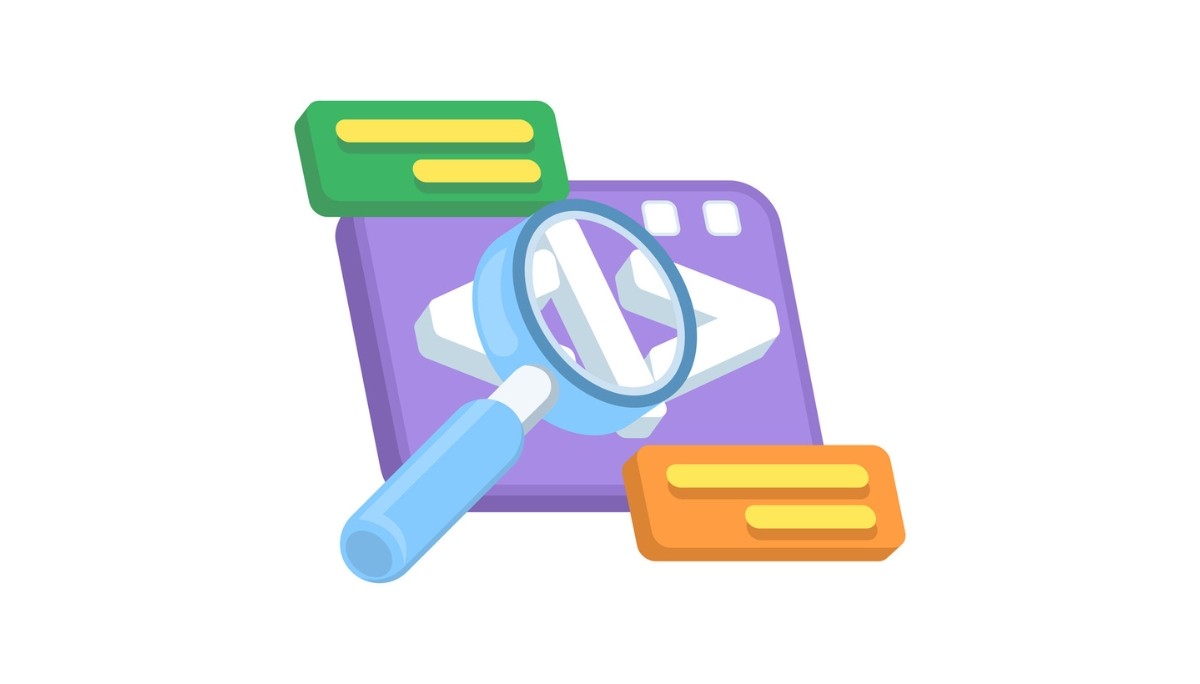Python vs Java: Key Differences, Advantages, and Which to Choose
By
Ethan Fahey
•
Sep 26, 2025
Curious about why so many developers prefer Python over Java? Python’s simplicity, rapid development speed, and vast library ecosystem make it a favorite for everything from prototyping to production. In this article, we’ll break down the key advantages Python offers compared to Java and help you decide if it’s the right fit for your next project. And if you’re a recruiter or business leader, Fonzi AI can connect you with top Python talent so you can fully leverage these strengths in your organization.
Key Takeaways
Python’s simplicity and readability make it an ideal choice for beginners, offering a clean syntax that reduces cognitive load and enhances code maintenance.
The extensive libraries and frameworks in Python, such as Django and TensorFlow, facilitate rapid development and make it a preferred language for data science, machine learning, and web development.
While Java offers better performance due to static typing, Python’s dynamic typing allows for greater flexibility and faster prototyping, making it well-suited for agile development environments.
Simplicity and Readability of Python's Syntax

One of the primary reasons Python has gained immense popularity is its simple and clear syntax. Unlike many other programming languages, Python’s design philosophy emphasizes code readability and ease of understanding. This makes Python an ideal first programming language for beginners, allowing them to focus on learning programming principles without being bogged down by complex syntax rules.
Unlike Python, which uses indentation to define code blocks, Java relies on mandatory braces. This difference enhances Python’s accessibility, especially for novices. The absence of braces in Python not only reduces visual clutter but also enforces a clean, consistent coding style. This simplicity extends to Python’s overall syntax, which is more concise and closer to natural language compared to Java’s strict syntax rules and verbose syntax.
Python’s dynamic typing further simplifies the coding process, allowing developers to write flexible and adaptable code without worrying about explicit type declarations. This flexibility, combined with Python’s expressive syntax, makes it easier to troubleshoot errors and maintain code readability. In essence, Python’s dynamic typing prioritizes a developer-friendly approach, reducing the cognitive load and making programming a more intuitive experience.
Faster Development Speed with Python

Python’s clean and minimalist syntax is a significant factor in its rapid development capabilities. The language’s structure allows developers to write code more efficiently, making it a preferred choice for rapid prototyping. Factors contributing to faster development speeds include:
Python’s clean and minimalist syntax
The ability to write code more efficiently
The average length of Python code being significantly shorter than equivalent Java code
High-level data structures and built-in functions in Python streamline coding by reducing the need for boilerplate code. This not only accelerates development but also enhances the flexibility of the language. Python’s dynamic typing allows developers to quickly test and iterate their code, making it ideal for agile development environments where rapid prototyping and iteration are crucial. Additionally, there are numerous Python code examples available to illustrate these concepts.
In software development, Python’s speed often compensates for performance trade-offs. Scripting and automation tasks are particularly efficient in Python, thanks to its concise and readable code. This versatility makes Python an excellent choice for web, backend, and even mobile app development, where quick development is essential.
Extensive Libraries and Frameworks in Python
Python’s extensive libraries and frameworks provide a robust ecosystem that accelerates development across various domains. This rich ecosystem includes tools and libraries catering to multiple programming needs, making Python a versatile choice for developers.
For web development, frameworks like Django and Flask simplify the process by handling common tasks such as database interactions, user authentication, and template rendering. Django, being a comprehensive framework, provides essential tools right from the start, while Flask offers a lightweight, modular approach, allowing developers to build enterprise-level web applications with only the necessary components, including backend development.
In the field of data science and machine learning, Python’s libraries include:
Scikit-learn, which facilitates predictive analysis
Pandas, which is used for data manipulation
TensorFlow, which helps in building advanced machine learning models are indispensable. These libraries showcase Python’s utility in analytics and scientific computing. The Python community actively contributes to this ecosystem, continuously enriching it with new resources and tools.
Versatility and Flexibility of Python

Python’s versatility and flexibility are among its most celebrated features, allowing it to support diverse programming paradigms. Whether you’re working with object-oriented programming, functional programming, or procedural styles, Python accommodates all these approaches seamlessly, making it a powerful object-oriented language and one of the leading object-oriented languages.
In tasks involving data analysis and visualization, Python stands out due to its user-friendly syntax and powerful libraries. This makes it a preferred choice for data scientists and analysts who need to process and visualize large datasets efficiently. Moreover, Python’s dynamic typing and flexibility promote creative problem-solving and rapid prototyping, enabling developers to iterate quickly on their ideas.
Another significant advantage of Python is its integration capabilities. Whether through REST APIs or Foreign Language Interfaces (FFI), Python allows developers to integrate existing systems with modules from other languages, minimizing the need for extensive new code. By merging in-house applications with external modules, collaboration is enhanced and development time is reduced.
Strong Community and Support for Python Developers
Python boasts a thriving and inclusive community that fosters a supportive environment for developers. This community is marked by numerous resources, including extensive documentation and community forums, which guide users through their Python programming journey.
The straightforward syntax of Python is intuitive, making it easier for new developers to learn and understand Python. This simplicity helps reduce the cognitive load, allowing developers to focus more on solving problems rather than struggling with complex syntax. The collective wisdom and innovative tools shared by the community further enhance the support available to Python developers, making it one of the popular languages among the most popular programming languages today. Additionally, Python is one of the most widely used interpreted languages, which is often regarded as an interpreted language. Its concise syntax contributes to its appeal.
The Python community’s inclusiveness and willingness to share knowledge create a nurturing environment for both beginners and experienced developers. Such a robust support network guarantees developers access to necessary resources, regardless of their skill level.
Python's Role in Data Science and Machine Learning

Python has emerged as a leader in data science and machine learning due to its robust capabilities and extensive library ecosystem. Key libraries include:
NumPy, which provides tools for numerical computations
Pandas, which is used for data manipulation
TensorFlow, which helps in building advanced machine learning models
The maturity and reliability of these libraries, combined with the active contributions from the community, make Python the go-to language for data science applications. Whether you’re working on data analysis projects or developing machine learning models, Python offers the tools and support needed to achieve your goals.
Additionally, platforms like Anaconda manage essential Python libraries efficiently, enhancing the workflow for data science and machine learning projects. This streamlined management of libraries ensures that developers can focus on their core tasks without worrying about dependency issues.
Platform Independence and Portability of Python
Python’s platform-independent nature is a significant advantage, allowing it to run on various operating systems without any modifications. This enhances its usability across different environments, making it a versatile choice for developers.
Python’s design ensures that source code can execute on any operating system without needing changes, which is crucial in diverse computing environments. This flexibility allows developers to write code that is portable and adaptable to different platforms, reducing the time and effort required for deployment.
Moreover, Python’s objects can store unlimited amounts of data independently of the underlying operating system. This capability contributes to Python’s platform independence, ensuring that developers can build robust applications without worrying about data storage limitations.
Python vs Java: Performance Considerations
When it comes to performance, Java generally has an edge due to its static typing, which allows for better optimization during compile time. This results in superior execution speed and easier debugging compared to Python. Java’s compiled nature ensures that code runs efficiently at runtime, while Python’s interpreted nature means that code is executed at runtime, which can lead to slower performance. Additionally, developers often need to run Java code to achieve optimal results.
However, Python’s dynamic typing allows for greater flexibility and rapid development, even if it may result in runtime errors. This flexibility is particularly beneficial in areas such as data analysis and machine learning, where rapid development and iteration are critical. Python’s faster startup times also make it more suitable for scripting and automation tasks, where quick execution is essential.
In summary, although Java may have the edge in execution speed and debugging ease, Python excels in flexibility, rapid development, and suitability for applications like data science and machine learning.
Python's Integration Capabilities
Python’s design facilitates easy integration with other languages and tools, making it a valuable asset in a multitude of applications, including machine learning applications. This integration capability enables Python to be used effectively in various domains, including machine learning and backend systems.
Python’s ease of integration with other languages and tools boosts its usability in machine learning, where seamless collaboration between different technologies is often necessary. Python’s reputation as a ‘Glue language’ stems from its ability to connect various technologies and languages, such as C, Java, and Rust, with ease.
This integration capability not only broadens the scope of Python’s applications but also reduces the complexity of development projects, allowing developers to leverage the strengths of multiple technologies without significant overhead.
Use Cases Where Python Excels Over Java

Python excels in various use cases, particularly in rapid prototyping and data-driven applications. Its straightforward syntax and quick development capabilities make it a preferred choice for developers who need to iterate quickly on their ideas.
In web development, Python’s concise language features and frameworks like Django and Flask enable faster turnaround times for web prototypes and applications. This is especially beneficial for startups and projects that require rapid development and deployment.
Python’s superiority in data analysis and machine learning is well-established, with libraries like Pandas and TensorFlow providing powerful tools for these fields. This makes Python the top choice for data scientists and machine learning practitioners who need to process, analyze, and model data efficiently.
Summary
In summary, both Python and Java have their unique strengths and are suited for different types of projects. Python’s simple syntax, rapid development capabilities, extensive libraries, and strong community support make it an excellent choice for beginners, rapid prototyping, data science, and machine learning applications. On the other hand, Java’s performance, static typing, and robustness make it ideal for large-scale enterprise applications and scenarios where execution speed is critical.
When choosing between Python and Java, it’s essential to consider the specific requirements of your project, your development team’s expertise, and the long-term goals of your application. Both languages offer valuable tools and resources, and the right choice will depend on the context in which they are used.
Ultimately, whether you choose Python for its flexibility and ease of use or Java for its performance and robustness, both languages have the potential to drive innovation and success in your projects. Make an informed decision, and let your programming journey begin.




